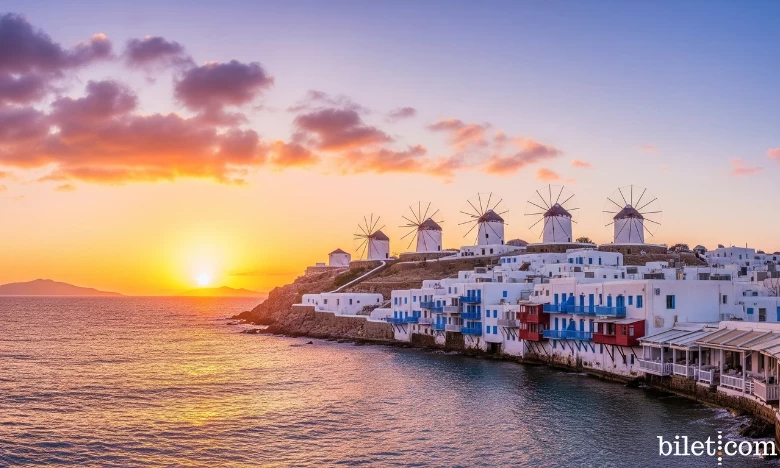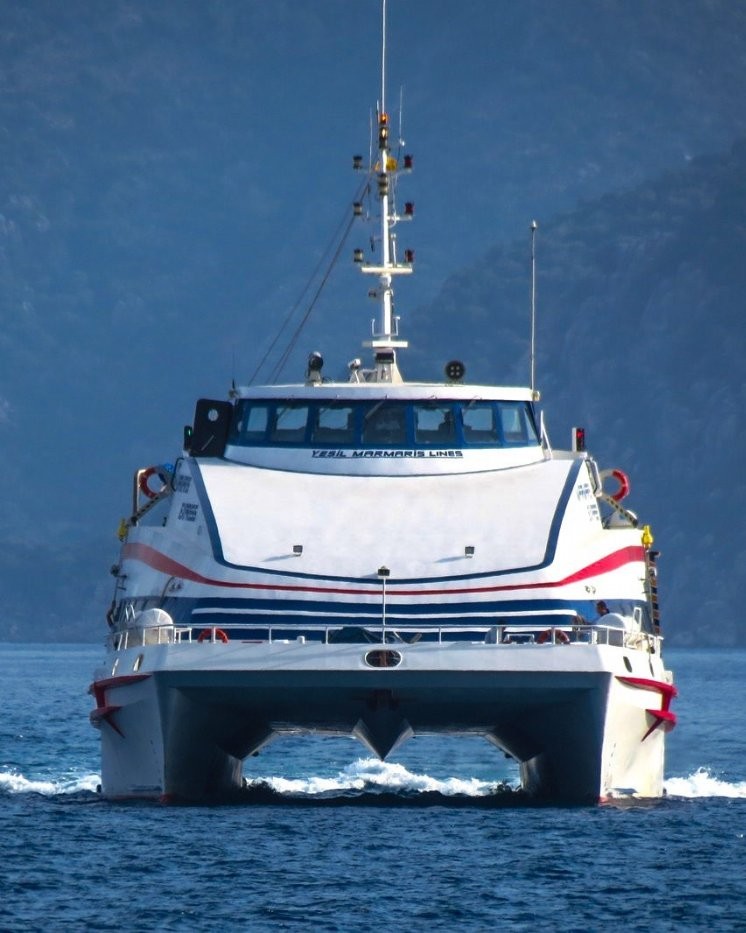Origin of the Name and the Mythology of the Battle of the Giants
The name and foundation of Mykonos is based on one of the most epic stories of Greek mythology:Mykons Island: According to legend, the island was named after its first ruler and a local hero, Mykons . Mykons was a descendant of Apollo, the God of Light and Art.
The Graveyard of the Giants: The most striking mythological story of the island is the Gigantomachy , the great war between the Gods and the Giants. According to legend, the demigod Hercules (Heracles) pulled the giants from Mount Olympus to this island, fought with them there and defeated them all. It is believed that the large rocks scattered all over the island are the bodies of the giants killed by Hercules and turned into stone. For this reason, Mykonos is sometimes called the "graveyard of the giants".
Mykonos in the Stream of History: From the Shadow of Sacred Delos to the Summit
In ancient times, Mykonos was overshadowed by the sacred island of Delos , right next to it. Delos was the most important religious and commercial center of the Aegean, as it was considered the birthplace of the God Apollo and the Goddess Artemis. Mykonos, on the other hand, was an agricultural and supply island serving Delos during this period.Venetian Influence: The island came under the rule of the Venetians in the 13th century. Little Venice, one of the most romantic corners of the island today and famous for its balconied houses built over the sea, is the most obvious legacy of this period.
The Rise of the Modern Era: For centuries a sleepy island, Mykonos’s fortunes began to change in the mid-20th century. Discovered by artists, intellectuals and bohemian travellers in the 1950s and 1960s, the island gradually became a favourite destination for the international jet set and luxury holiday seekers. This transformation transformed Mykonos into the world-famous party and entertainment destination it is today.
Icons of Mykonos: Postcard Landscapes
When Mykonos is mentioned, there are certain landscapes that come to mind that are synonymous with the island:Mykonos Town (Chora): The narrow, labyrinthine streets of Chora, the heart of the island, were designed to protect against pirate attacks and to block the wind. With its white houses decorated with bougainvilleas, windows with blue shutters and chic boutiques, every corner offers a different photo opportunity.
Windmills (Kato Mili): Overlooking Chora and Little Venice, these 16th-century windmills are the island's most recognizable symbol. They are a spectacular sight, especially at sunset.
Little Venice (Alefkandra): The most romantic and popular spot on the island to watch the sunset, have a drink and listen to the sound of the waves. Its colorful wooden balconies are directly on the sea.
Panagia Paraportiani Church: Located in the Kastro area of Chora, this church is one of the most photographed churches in the world with its asymmetrical structure consisting of five different chapels. It is fascinating with its pure white texture.
The Holy Neighbor: Journey to the Island of Delos
You can't come to Mykonos and not visit Delos Island. This island, which can be easily reached by boat from Mykonos, is a UNESCO World Heritage Site. In Delos, one of the most important sacred centers of antiquity, you can see the Temples of Apollo, the Terrace of the Lions, the ancient theater and the ruins of houses decorated with rich mosaics.Beach by Day, Party by Night: The Unique Rhythm of Mykonos
Mykonos caters to all tastes with its world-famous beaches:Party Beaches: Paradise and Super Paradise beaches are the entertainment centers of the island with parties that start in the afternoon and last until the morning, world-famous DJ performances and energetic crowds.
Cosmopolitan and Luxurious Beaches: Beaches such as Psarou , Ornos and Platis Gialos are known for their luxury beach clubs, stylish restaurants and quieter environments.
Quieter Alternatives: For those looking to get away from the crowds, beaches like Agia Anna , Kalo Livadi and Lia offer a more peaceful atmosphere.
Whether you want to dance to world-famous DJs, sunbathe on a luxurious sun lounger or follow the traces of history and mythology; Mykonos promises you an unforgettable holiday. Start making plans to take your place in this liveliest scene of the Aegean!







